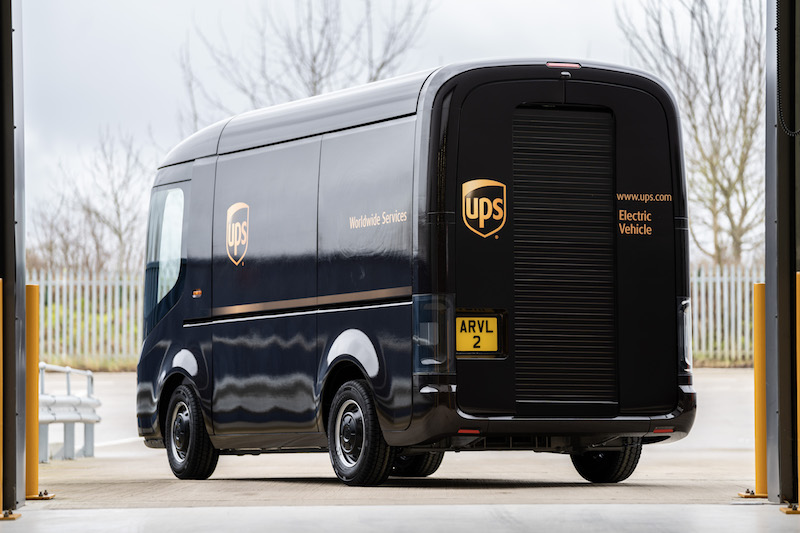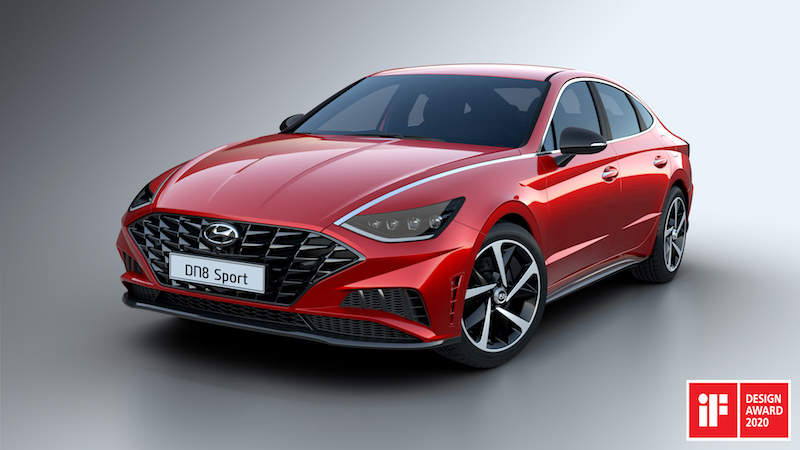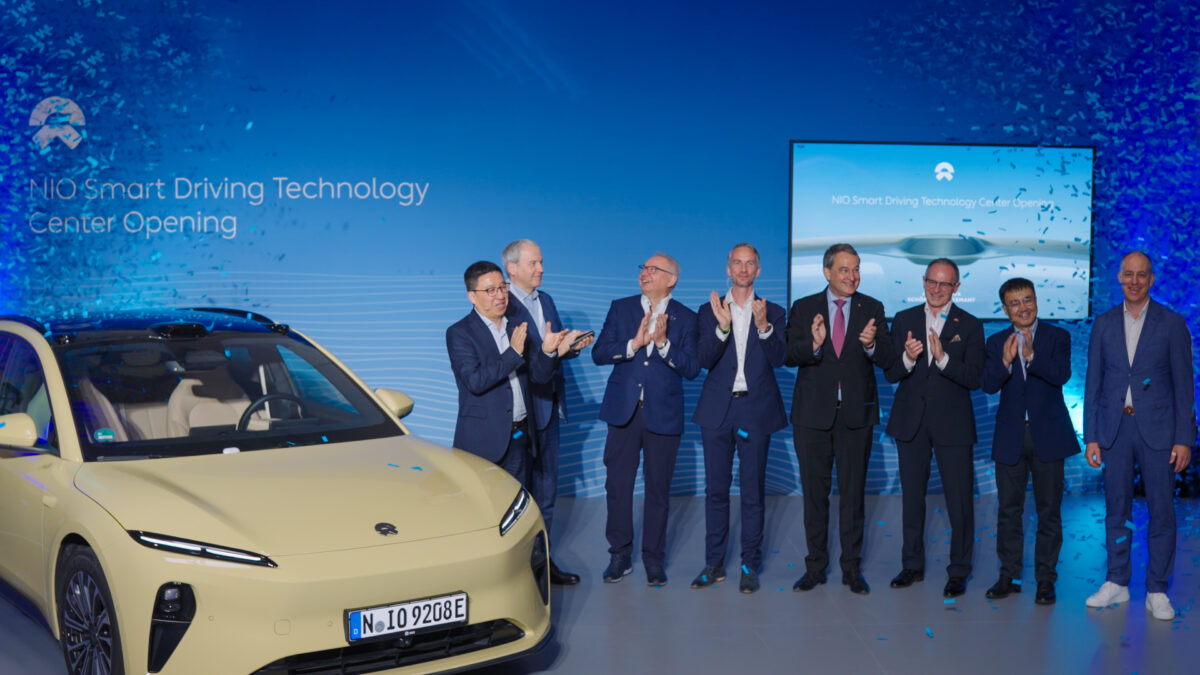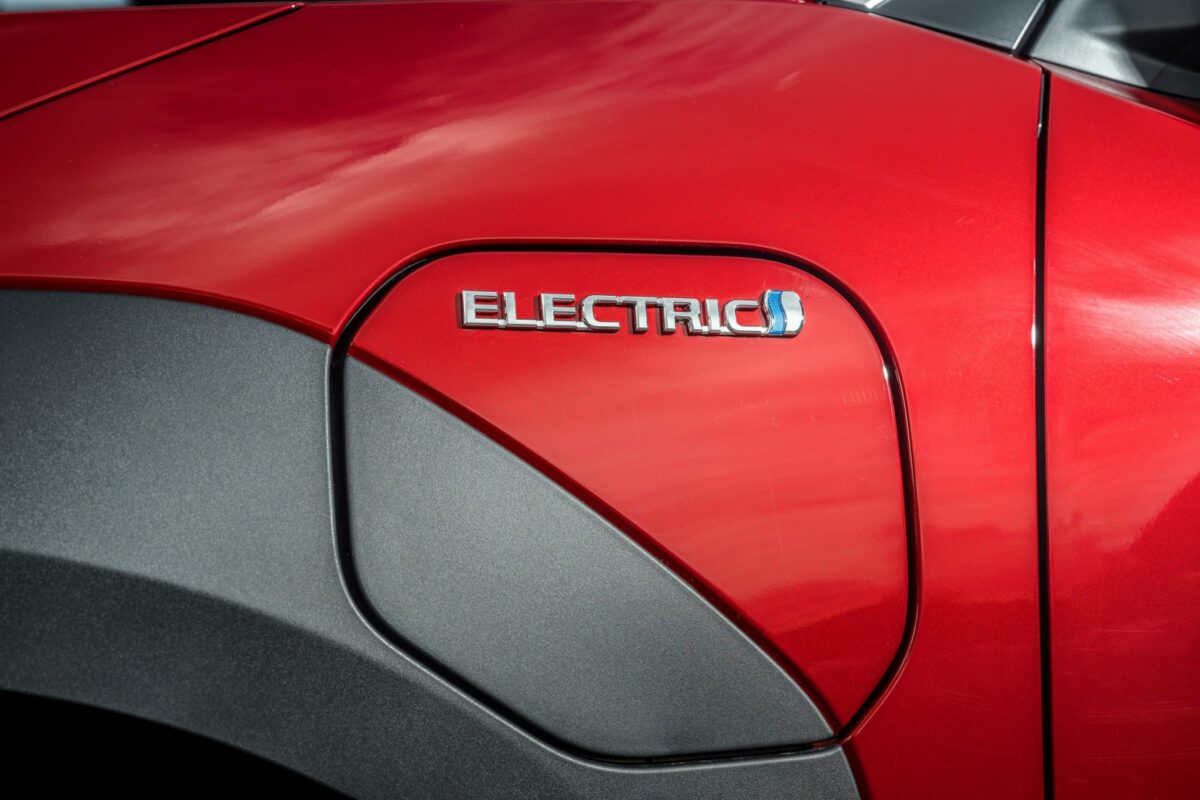Alliances, partnerships and collaborations between automakers and tech companies are now widely accepted as the norm. Tapping into the expertise and agility of a smaller, specialist company is an easy way for an automaker to keep up with the rapid pace of industry change and technological development.
One of the more striking automotive industry headlines in the first weeks of this new decade was the announcement by Hyundai that it would co-develop an electric vehicle (EV) platform with Canoo, a start-up barely two years old, whose proprietary skateboard design will underpin future Hyundai and Kia EVs.
With combined sales of 7.19 million vehicles, Hyundai Motor Company (HMC) was, including Kia, the fourth largest vehicle manufacturer in 2019. That it should choose to base its EV ambitions on a partnership with a Los Angeles start-up speaks volumes—both about what Canoo has already achieved and its potential, and about HMC’s corporate strategy.
Electric skateboards
Hyundai has set itself a high target for electrification; under its ‘Strategy 2025’ plan, Hyundai will invest US$87bn over the next five years, including US$52bn in future technologies, and has its sights set on becoming a top three global manufacturer of battery electric vehicles (BEVs) and fuel cell EVs (FCEVs). This would mean annual sales of 670,000 EVs, including 560,000 BEVs and 110,000 FCEVs.

Separately, Kia’s ‘Plan S’ calls for investment of US$25bn in electrification and future mobility technologies; Kia will deliver 11 BEVs by 2025 for a 6.6% global EV market share, and global annual production of 500,000 EVs and 1 million eco-friendly vehicles by 2026. Combined, Hyundai and Kia would offer 44 electrified models by 2025, 23 of which will be BEVs including 11 dedicated BEVs.
By the middle of the decade, Boston Consulting Group believes electrified vehicles will account for a third of global vehicle sales. Writing in ‘Global Electric Vehicle Outlook 2019’, the International Energy Agency (IEA) noted: “In 2018, the global electric car fleet exceeded 5.1 million, up 2 million from the previous year and almost doubling the number of new electric car sales.” By 2030, the IEA forecasts anywhere between 23 and 43 million electric vehicle sales (depending on policies and pledges), and a global electric vehicle parc (excluding two/three-wheelers) of between 130 and 250 million units. In its ‘Electric Vehicle Outlook 2019’, Bloomberg NEF forecasts 508 million passenger EVs on the road globally by 2040.
The electrification challenge is a significant one for automakers, and HMC is showing a willingness to explore a wide range of options to achieve its targets, including placing a bet on what is understandably seen as a fledgling company.

Canoo’s USP is an ‘electric vehicle subscription’ for a range of vehicles with different cabin configurations, all based on a ‘skateboard’ chassis that houses a battery electric powertrain. But Canoo is not HMC’s only bet on future mobility—in January 2020, Hyundai and Kia announced a €100m (US$110m) strategic investment in a new partnership with Arrival. Through the partnership with the UK EV start-up, Hyundai and Kia plan to introduce small and medium-sized electric light commercial vehicles and other products for logistics, on-demand ride-hailing and shuttle service companies. Like Canoo, Arrival has a scalable electric platform which can be adapted for a variety of vehicle categories and types, and the partners will seek to use this as the underpinnings of a range of so-called Purpose Built Vehicles (PBV), which both automakers see as an essential part of their smart mobility solution strategies.
Smart mobility solutions
Under the aforementioned Strategy 2025, Hyundai aims to transition into a ‘smart mobility solution provider’ by mid-decade, founded on two pillars: smart mobility device, and smart mobility service. The latter will see the automaker offering personalised services and contents on an integrated platform, while the former will see the automaker move beyond cars to include personal air vehicles (PAV), robotics and last-mile mobility.
The significance of PAV is interesting, not just for the headline slot it has been given within the smart mobility device pillar, but also the high level of investment allocated to the development of “air mobility”, and the partnership with Uber announced at CES 2020 to develop electric vertical take-off and landing (VTOL) vehicles for use as air taxis.

Another piece of the future mobility puzzle fell into place in February 2020, with reports that the European Commission has granted approval for a proposed joint venture between Hyundai and Aptiv to develop autonomous drive technology. In their development plans, Hyundai and Kia aim to develop an autonomous driving platform by 2022, with autonomous vehicles (AVs) operational in selected regions a year later, and commercial production of AVs the following year.
Reasons to be cheerful
Just three decades ago, such announcements involving the Korean brands would have been inconceivable, notes Jonathan Storey, author of a new report on Hyundai’s corporate strategy. “The rise of Hyundai-Kia to the top table of the world’s automakers has been rapid. In 1985, when Kia was still an independent company, the two companies produced a combined 250,000 units, but by 2000, their output was 2.5 million. This more than doubled to 5.8 million by 2010 and peaked at 7.8 million in 2014.”

More striking than this impressive rate of growth, however, is the success of Hyundai and Kia to improve product and production quality. “From around the turn of the century, there has been a strategy to boost quality, supported by investment in design, development and manufacturing,” notes Storey. This was underlined by reports in the late 2000s that Honda was using Hyundai as its quality benchmark, and former VW Chief Executive Martin Winterkorn publicly questioning why Hyundai had managed to deliver specific cabin quality in the i30 when VW and BMW could not.
Like all vehicle manufacturers, Hyundai may have ambitions to become a smart mobility solution provider, but to achieve this, it needs continued success as a mainstream automaker, and in recent years, Hyundai and Kia sales and margins have dropped from their peaks. Storey attributes this to a combination of adverse external factors, including market downturns in China and India, and internal challenges, “such as a slowness to anticipate or keep up with market trends like the rise in demand for compact crossovers.”
There are, however, reasons to be cheerful, Storey concludes: “While external factors will again constrain output in 2020, we anticipate a revival in Hyundai-Kia’s fortunes in the years beyond, as it benefits from recently launched or soon-to-be-launched all-new models such as Hyundai’s Venue, Kia’s Sonet and the Genesis crossovers.”




